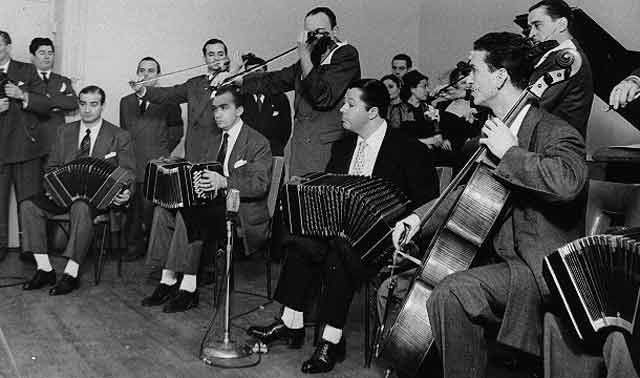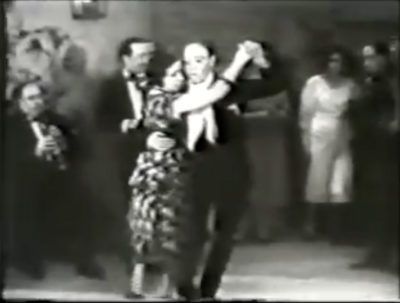Embarking on the Journey to Mastering Argentine Tango
What is Argentine Tango?
Given that Argentine Tango is not easily described in abstract terms, I find it challenging to convey its essence through mere words or generalizations.
Thus, I resort to sharing my personal experiences with you.
Here you can see me dancing:

Living Tango: Embracing the Essence Beyond Profession
Tango isn’t my profession in the way your work is for you. For you, it’s effort; for me, it’s effortless. You work all day, longing for it to end, but I can’t wait to dance more. You may call in sick, but I strive to stay healthy and dance my best every day. I’ve molded my life this way, akin to Sisyphus rolling his rock, but my task brings joy, not torment.
Teaching is a part of this process. With my students, we aim to enhance our dancing. Our growth benefits everyone, as we share the same dance floor at the milonga. My students’ progress improves my dancing, and my improvement helps them in return. It’s a perpetual spiral of betterment.
Does this mean I don’t deserve payment for what I do, given that your work is a source of pain while mine brings joy?
Think of the money you give as an investment in your Tango. What benefits me also benefits the whole Tango community and, ultimately, you. I’ve devoted myself to Tango, which includes you if you’re part of Tango.
If you’re a new student, joining us means being part of a beautiful group striving to become better Tango dancers and milongueros.
You don’t haggle over gas prices as you deal with a massive corporation. In contrast, I rely on your collaboration, besides the support of those who love me. If you can live without Tango, do so.
I offer deals, discounts, and generosity from my dance and life, not from an external source. To be generous is to live fully. I see dance as life’s unstoppable productivity.
Don’t trivialize Tango. It’s not mere entertainment; it’s a profound connection. Tango is not an “addiction” but a way of being.
Your path in life depends on what you desire. If you want nothing, you’ll get nothing. If you seek a fulfilling life, it demands your all.
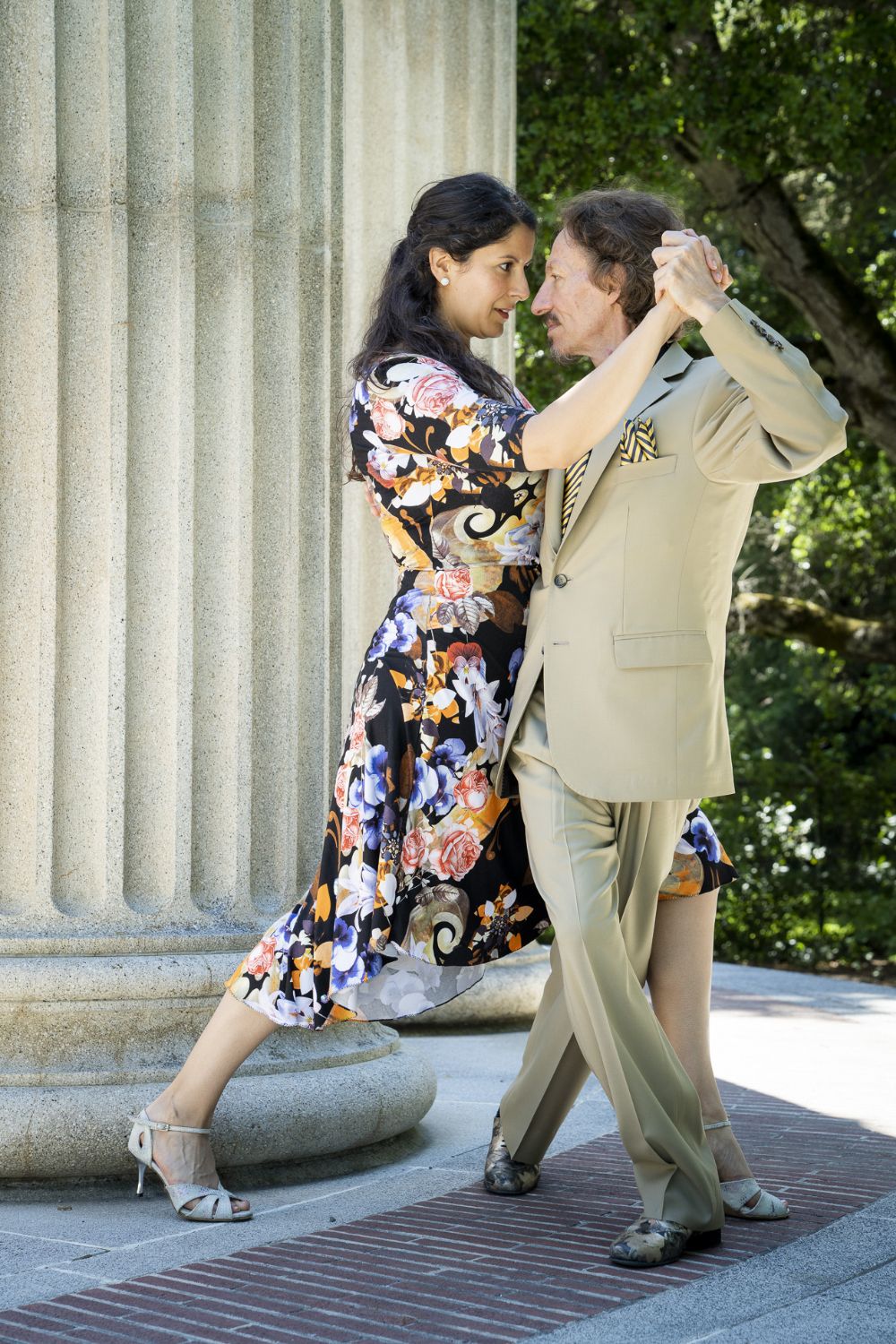
The Transformative Essence of Argentine Tango: A Lifelong Journey
If you don’t dance, being able to dance will demand from you a transformation.
If you do not dance, you are not a dancer. To dance, you will need to be a dancer, that means to become a dancer. To dance and not be a dancer is a contradiction. Observe that the most important word here is the verb “to be”. Now you can understand that if you do not dance now, to be able to dance, eventually, a transformation of yourself is needed. If you are unsure about it, or you are satisfied with yourself and your life and do not want to change anything, then you don’t want to dance, and if you don’t want to dance, you won’t dance.
Let’s define a dancer: someone who continuously pursues improvement as a whole, becoming stronger, more versatile, aware, sensitive, responsive, skillful, sympathetic, ethical, beautiful, charming, witty, and fun to be with; who doesn’t need anything else other than to be present to make everyone with good feelings sense that the lights of life have been turned on, making everything look beautiful (Disclaimer: if you don’t have good feelings you most likely sense the opposite). In sum, a dancer is a wonderful example of a human being. I cannot think of anyone better than a milonguero and a milonguera. If an intelligent alien from outer space comes to our planet, I would like the alien’s first impression of intelligent life on Earth to be a milonga in Buenos Aires, one I regularly visit. I will take you there, not before educating you -as needed- about what Tango is if you want to find out the complete meaning of my words.
A dancer is not a specialist, someone who knows all about a narrow segment of life, in this case, dance. On the contrary, a dancer is the most complete of all examples of human existence. A true dancer is a Renaissance person.
At the beginning of human existence, is dancing. A baby in the womb perceives the voice of its mother as music, without separating the sounds from their meaning, responding to it with the interpretation of its whole body and existence. The baby is dancing.
Beyond Therapy: Tango as an Integrated Way of Being
There are countless ways to pass the time without evolving, without exertion, without passion, and without any endeavor.
Given the current inclinations of many individuals, I understand the appeal of such activities. Yet, if there’s a dancer’s seed within you, you might experience a sense of discomfort when engaging in these leisure pursuits. You may resort to self-medication, alcohol, substance abuse, or even addiction.
Alternatively, you could choose to detach from your body, gravitating toward extreme religious or intellectual pursuits, effectively becoming a living statue or a consciously impaired individual.
Another option is to maintain a fragmented relationship with your body, compartmentalizing it like a puzzle, focusing on different muscle groups each day, eventually creating a disjointed physique struggling for coherence.
This partitioning of the body mirrors the segmentation evident in various facets of life.
Hence, Tango shouldn’t be seen as a therapeutic remedy. Therapy and Tango don’t align. In Tango, as a way of being, you need not compartmentalize yourself into distinct physical, psychological, and spiritual categories. From the Tango perspective, these realms aren’t separate entities. Therefore, psychology, religion, or regular gym sessions might not hold the same relevance for a milonguero.
Embrace Tango: The Full Monty Game
To embrace Tango fully, you must embody Tango itself.
There’s no halfway point; it’s an all-or-nothing pursuit.
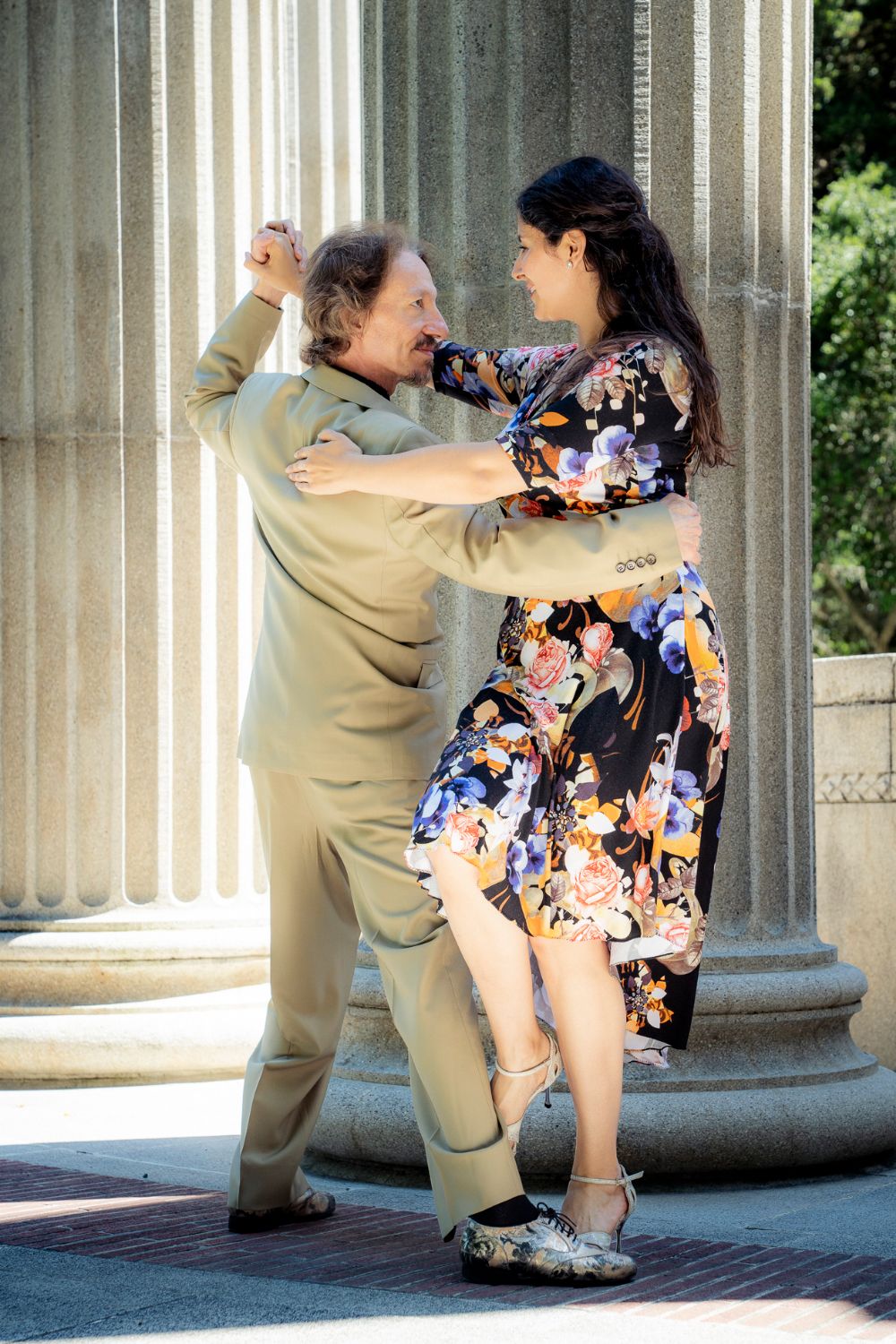
Becoming an Exceptional Milonguero/a: A Comprehensive Guide
Firstly, replace “Tango dancer” with “milonguero/a” in your vocabulary. Secondly, in Tango, nothing less than greatness suffices.
Commence with classes, alternating between group and private lessons regularly, more than once a week.
How can you identify a good teacher?
You don’t learn Tango from an “instructor”; you learn Tango solely from a “Maestro.” First, appreciate your teacher’s dance. Research is simple now; you can find videos of your teacher’s performance.
Your instructors should demonstrate their dance in class, but the test is in Buenos Aires’s milongas. Some excel onstage but struggle in milongas, unaware of or ignoring the basic codes of conduct. An authentic teacher is part of the milonga community.
Choose a teacher not just for their amiability. Consider it like this: Tango is my family and my world. By joining, you imply a desire to belong. Will you cherish my world when I’m gone? Will you love my family? Will you strive to better Tango for everyone? Will you collaborate with Tango or merely seek temporary enjoyment, leaving your trash behind, indifferent to nature’s beauty?
My regular students and assistants enrich my life beyond measure. Don’t miss the chance to welcome them into your life.
During a recent trip to Buenos Aires, one of my senior students conversed with his wife in a foreign language at a milonga. Another lady, also fluent in that language, engaged with them, leading to a dance. After one song, she asked him, “Why did you wait so long?”
You’ll grasp Tango’s worth through your teachers in group and private lessons.
Exploring the Essence of Tango Melodies
Explore the melodies of the Golden Era in Tango music.
Consult your instructor for guidance and build your collection of Tango classics from the period when Tango thrived in Buenos Aires and other major cities in Argentina. This music resonates in our classes.
I am curating an Argentine Tango music library on my website.
The Crucial Role of Milongas in Your Tango Journey
You need to attend to milongas.
It doesn’t matter how many group classes and private lessons you have taken. Tango is not a private and closed relationship with your teachers. If you’re a new student and feel like you know too little compared to others, then being at a milonga will significantly increase your knowledge about Tango.
Perhaps you’ve taken many group classes and private lessons, then being at a milonga will present Tango to you contextualized, similar to learning a language and visiting a country where that language is spoken. The sooner you start going to milongas, the better. Your Tango needs to grow there.
You will be able to understand the reasons for many elements and details in Tango that in classes may seem arbitrary to you. It all makes perfect sense when you dance at milongas. Besides, your teacher needs to see you attending and dancing at milongas to fully assess what you need to work on to improve your dance. If you do not feel confident dancing yet, you do not need to dance; going to milongas is beneficial even if you do not dance there yet.
I recommend starting by going to the milongas your teacher goes to and going to the milongas your teacher organizes if they do. It would be best if you were introduced to the milonga community by someone who belongs to it.
I want to note that although a dance party may be labeled a “milonga,” it is not necessarily so. If your teacher is a great dancer (you do not want less from your teacher’s quality of dance), he belongs to the community of the milongas and Tango. He will know where to go and will organize authentic milongas.
I am blessed by belonging to the community of milongueros who go to the most wonderful milongas in Buenos Aires, and by the group of my students and regulars who come to the milongas that I go. Don’t miss joining us at the next milonga.
Becoming Tango in Buenos Aires: A Journey of Culture and Passion
You must come to Buenos Aires.
If you learn the French language, it makes sense to go to France and speak the language there. That is where you will feel the multi-dimensionality of the language with your whole being. You may love French culture so much that you decide to move there or travel there often, any time you have the chance, and in this process, you make many friends in France, which makes you want to travel there even more often.
That is how you will become Tango yourself: by going to Buenos Aires often. Learning a language and culture only to visit it once is incongruent, at best.
I will be honored to introduce you to the community of milongueros in Buenos Aires, to which I am humbled to belong. I currently go twice a year, in the spring and fall, accompanied by a group of my students. I show them the city of Buenos Aires, take them to classes with my teachers and colleagues, and bring them to the milongas, where I am a regular.
I continue the tradition of passing the torch of Tango in the same way that my teachers got introduced to Tango in their times, by taking my students to where I regularly go and sharing my knowledge and passion for Tango with them.
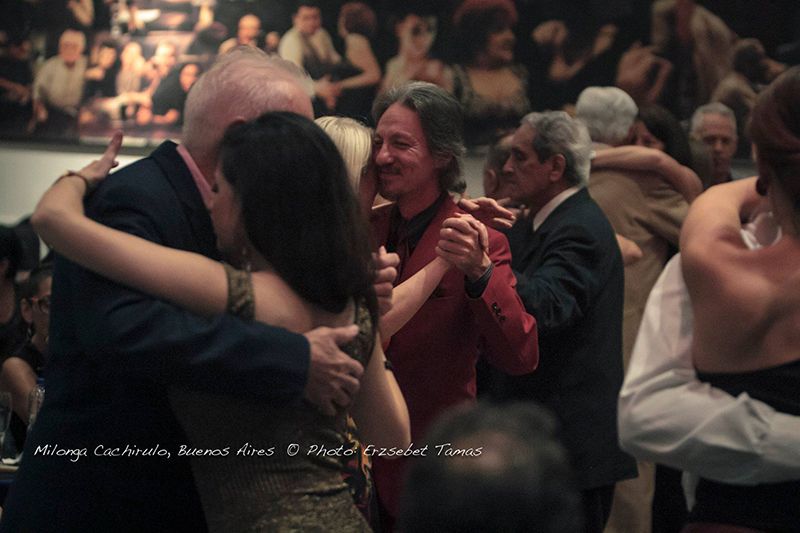
Conclusion
Dancing Tango demands genuine style and personality.
You won’t dance Tango because you know a piece of choreography. You will dance Tango if you put yourself as a link in the chain of the Art of Tango through time, meeting and learning from the best dancers that Tango has produced, from the milongueros.
You must realize the responsibility of caring and passing along this Art in the future, not necessarily teaching it, but fundamentally being a great dancer yourself, teaching it with your example.
More about Argentine Tango:
Leave your comment
This site uses Akismet to reduce spam. Learn how your comment data is processed.
Latest Spotify playlist:
